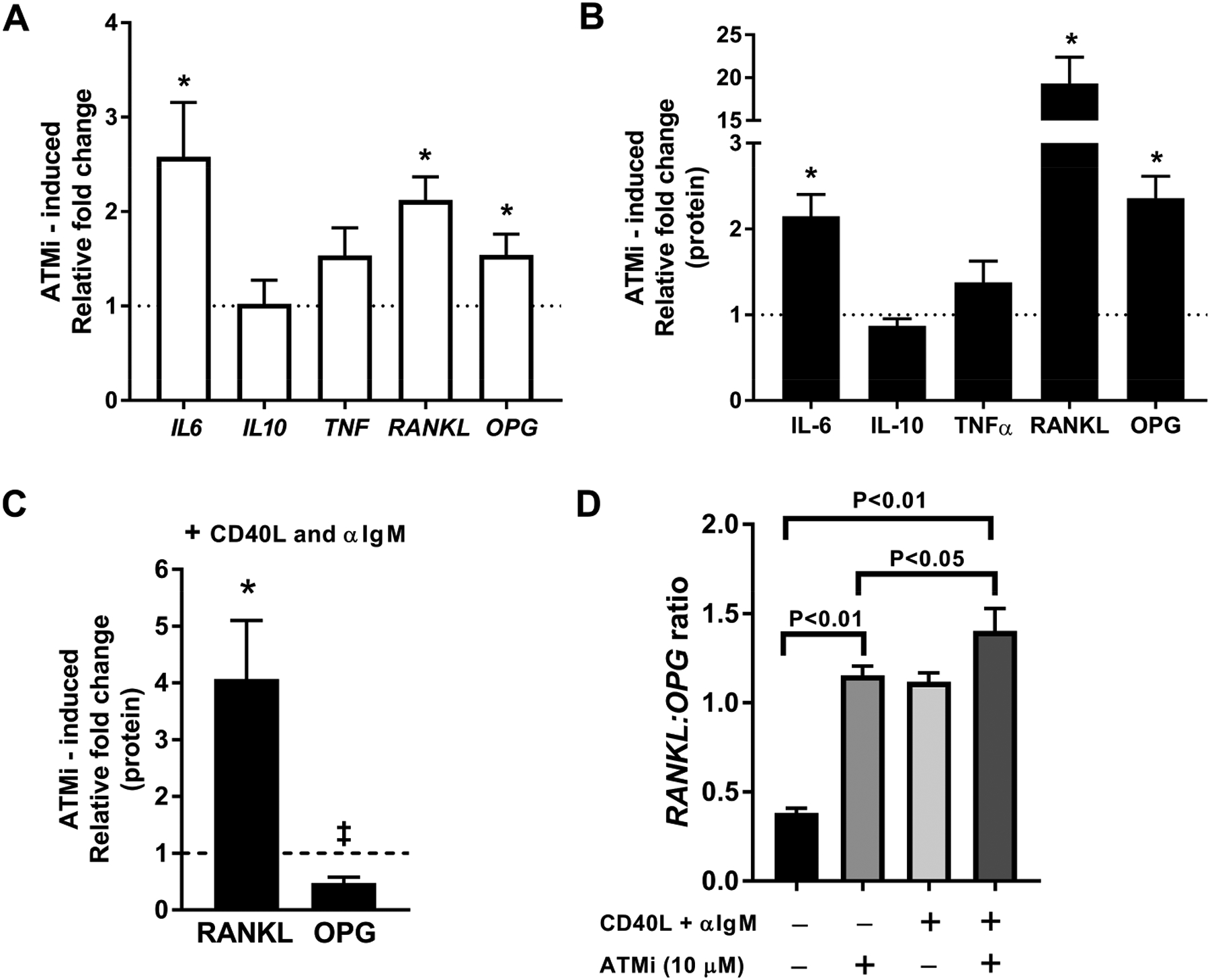Fig. 4. ATM inhibition induces a pro-osteoclastogenic phenotype in human B cells.

Cytokine gene transcripts assessed by qPCR (A) and secreted protein assessed by ELISA (B) in CD20+ B cells from HD cultured in the presence or absence of 10 μM KU55933 (ATMi). Dashed line represents unstimulated baseline. * = significant fold-induction over unstimulated baseline at P<0.05 with two-tailed t-testing. (C) Effect of ATM inhibition on the ability of CD40L and αIgM stimulation to induce RANKL and OPG protein expression. Comparison by two-tailed t-testing relative to culture with CD40L and αIgM alone (dashed line), * and ‡ represent significant difference relative to cultures with CD40L and αIgM alone. Error bars = SEM for all graphs (D) RANKL:OPG ratio in different culture conditions as noted. Bars represent mean ratios of the aggregated expression from 5 individual HD. Comparisons between conditions tested by ANOVA with multiple comparisons and P values are indicated when significant.
